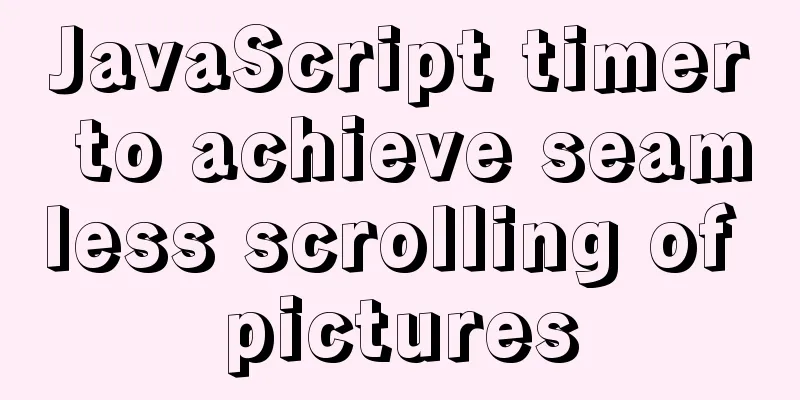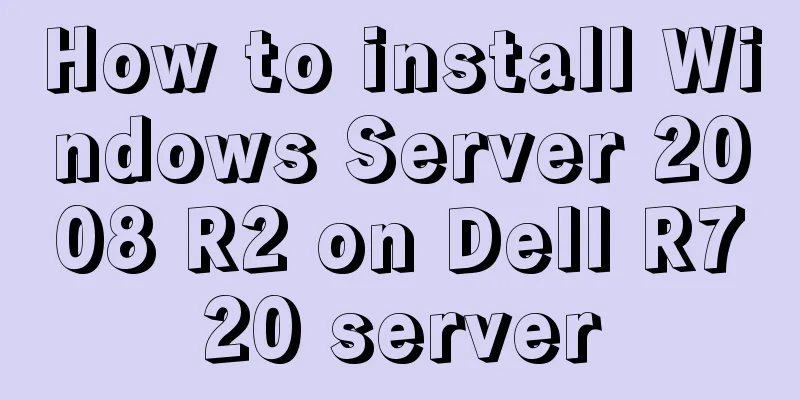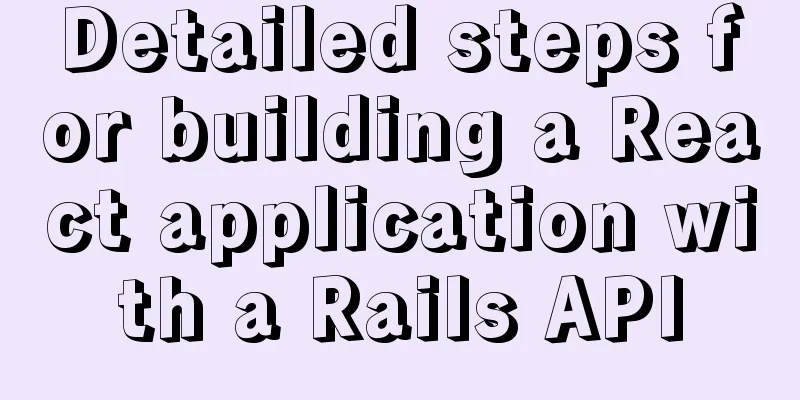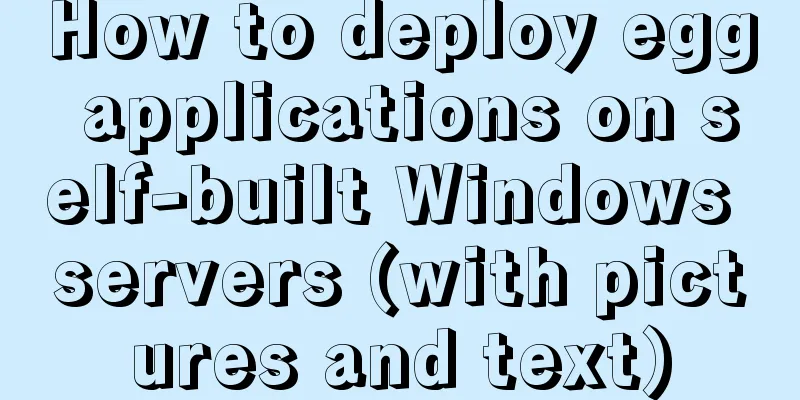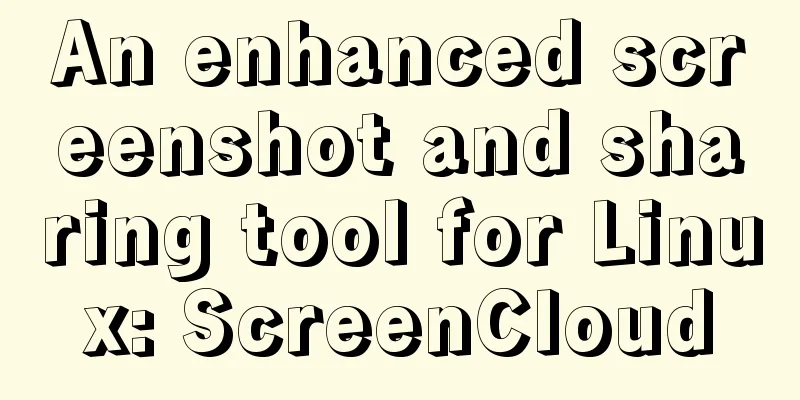Canonical enables Linux desktop apps with Flutter (recommended)

|
Google's goal with Flutter has always been to provide a portable toolkit for building beautiful UIs that run at native speeds, no matter which platform you're using. To validate this capability, we first focused on the Android and iOS mobile platforms, where we’ve seen over 80,000 fast, beautiful Flutter apps on Google Play. To build on our success, for over a year we have been expanding our focus to include desktop-class experiences, both for the web and for desktop operating systems (macOS, Windows, and Linux). This work included an extensive refactoring of the engine to support desktop-style mouse and keyboard input, and resizable top-level windows. It also includes new UI features that adapt well to the desktop, such as Material Density support and NavigationRail, as well as deep integration with the underlying desktop OS through experiments in Dart:FFI and access to the system menu bar and standard dialog boxes. All of this work is done to ensure that in addition to being suitable for mobile-style experiences, Flutter is also ready to handle fully functional, full-sized desktop applications. Powering the Flutter platform is our long-term vision. We’ve already seen this manifest at Google with products like Assistant, so now we’re excited to see others leveraging Flutter to support more platforms. Today, we’re excited to announce the Linux alpha release of Flutter together with Canonical, publisher of Ubuntu, the world’s most popular desktop Linux distribution. Why use Flutter on Linux? When Google announced desktop-class app support for Flutter last year, Canonical saw an exciting opportunity to make Linux distributions, including Ubuntu, an attractive target platform for Flutter app developers. Flutter’s native cross-platform story is growing rapidly, and Canonical wants to be at the vanguard. By enabling desktop Linux support in Flutter, Canonical has made it very easy for app developers to publish their apps for Linux users through the Snap Store (a Linux app store). By making Linux a first-class Flutter platform, Canonical invites app developers to publish their apps to the millions of Linux users and expands the availability of high-quality apps available to them. Many things about Flutter are exciting for Canonical:
Google’s initial announcement of Flutter desktop support started with an Alpha release supporting macOS, with plans for Linux and Windows also in the works. Canonical has made a significant investment in Flutter by assembling a team of developers to work with developers at Google to bring the best of Flutter to most Linux distributions. Canonical will continue to work with Google to further improve Linux support and maintain feature parity with other supported platforms. Flokk: Proving Flutter is ready for the desktop To prove that Flutter is ready for desktop, we worked with designers and developers at gskinner to create an innovative, beautiful Flutter desktop app. Flokk is a real-world application that processes real-world data, specifically your Google Contacts list.
This video address: https://www.youtube.com/watch?time_continue=120&v=cTFJcq7UTRY&feature=emb_logo In addition to being able to manage your contacts (including searching for contacts, adding new contacts, and editing existing contacts), Flokk also enables you to associate your GitHub and Twitter handles with your contact information.
The display of GitHub and Twitter notifications turns your contacts into your own personal social network. And if you don't see your favorite social network listed in Flokk Contacts, the good news is that Flokk is completely open source, so you can submit a PR to add your favorite. Besides innovating in the social space, Flokk also uses Flutter features to look great. As just one example, a dark theme can not only switch colors, but also animate the change.
The creative team behind the Flokk Contacts app is led by Grant Skinner, who is renowned for his outstanding design and implementation of innovative user experiences. Grant once said about using Flutter on Linux: “Building the Flokk Contacts app was so easy! We were able to apply all of our expertise in Flutter to target Linux with almost no tweaks, and the app works great. Working with the Canonical team has been a great experience. They are enthusiastic, engaged, and passionate about making Flutter better, not just for Linux, but for every platform. This has been an amazing project, and I’m excited to target another major OS with Flutter.” — Grant Skinner If you want to use the Flokk app on a Linux machine, you can download the latest version on GitHub. Alternatively, if you’re running Snap, you can download the Flokk app from the Snap Store. Easily install Flutter on Linux Now that you have seen how well Flutter works on desktop-like applications, especially on Linux, you will want to get it running on your own Linux machine. To make this as easy as possible, we’re happy to make the Flutter SDK for Linux available in the Snap Store. The Flutter SDK snapshot provides everything you need to develop Flutter applications on your favorite Linux distribution. There’s no need to install a bunch of development dependencies; just install the Flutter SDK snapshot and your favorite IDE, and you have everything you need to create, build, and publish Linux apps. For example, if you want to start developing Flutter apps for Linux, and your IDE of choice is Visual Studio Code, this is all you need to do in a Linux terminal: $ snap install --classic flutter $ snap install --classic code $ code --install-extension dart-code.flutter If you also want to develop mobile apps using Linux, you can do so by installing the Android SDK or Android Studio (which includes the Android SDK). For more information about the Flutter SDK, visit https://snapcraft.io/flutter Flutter for Linux Desktop After installing the Flutter SDK on your Linux machine, to build desktop apps, you need to upgrade to the Flutter developer or master channel. Then enable Linux desktop support: $ flutter channel dev $ flutter upgrade $ flutter config --enable-linux-desktop Now, when you create a new Flutter project, you will get a linux subdirectory that allows you to run the app on a Linux desktop: $ flutter create counter $ cd counter $ flutter run -d linux
You’ll get a shiny new Linux app built with Flutter and running on the latest stable version of GTK+. If you have an existing Flutter project and want to add Linux support to it after enabling Linux, you can add a linux subdirectory as follows: $ cd my_flutter_app $ flutter create . This will create the linux subdirectory with the Runner project needed to build and run Flutter apps on the Linux desktop. Accessing native code in Linux from Flutter In addition to supporting the desktop by writing Dart to create Flutter widgets, your Linux desktop apps can access all native Linux using platform channels or the Dart foreign function interface from C/C++. Or, if you want to reuse existing code, you can find it on pub.dev, Dart and Flutter’s package manager websites. Most of the packages you'll find on pub.dev are pure Dart, and most will work fine in a Linux application. Some software packages, called plug-ins, contain native code that is specific to one or more platforms. As part of this release, we published three plugins on pub.dev that use native Linux functionality:
You can use each of these plugins in your applications, and as examples of how to access Linux natively from Flutter code, such as the Linux implementation of url_launcher. Deploy to the Snap Store To deploy your Flutter app to the Snap Store, you first need to install Snapcraft, a tool that will be used to quickly build and publish your app: $ sudo snap install snapcraft --classic To drive the Snapcraft tool, you need to create a snapcraft.yaml file in your application's project directory. For example, here is Flokk’s snapcraft.yaml file:
Now, in the directory with the snapcraft.yaml file, you can run snapcraft to build a snapshot of your application.
If all goes well, this will generate a file in your current working directory, for example, flokk-contacts_1.0.1_amd64.snap. Once you have set up your account for publishing in the Snap Store, you can publish your snap:
This command will upload the app to the Snap Store and attempt to publish it to the Edge channel. Once an app is published in the Edge channel, it can be installed through the Snap Store Desktop client or using the command line:
For more details on building your first snap and publishing it in the Snap Store, see https://snapcraft.io/first-snap for a guided tutorial. Flutter Linux Desktop Case The Flokk app is an excellent example of a real-world Flutter app for the Linux desktop. For a simpler example, you can look at the Photo Search app, which is also designed specifically to showcase the desktop's capabilities.
Photo Search is a simple online photo search application that uses multiple plugins to access native platform features, supporting both macOS and Linux. For an example Linux desktop app with step-by-step instructions, I recommend the Write Flutter desktop app codelab, which walks you through building a GitHub client in Flutter using OAuth and GraphQL.
For a more full-featured app that uses more of Flutter’s surface area and offers several applets, I recommend Flutter Gallery, which was redesigned last year to support both desktop and mobile. If you want to see it in action, you can also check it out in the Snap Store.
Another desktop app that shows off what Flutter can be fun is a multiplayer game called batufo by Thorsten Lorenz. The game is set against beautiful backdrops and enables players from all over the world to compete against each other in real-time.
Thorsten has been developing the game to support multiple Flutter platforms, including Linux, macOS, Android, and iOS. If you want to see how he works and stay updated on future updates, he makes his coding sessions available as videos and the code available on GitHub. To install the game from Linux, you can pull it down from the Snap Store. summary With this alpha release and the close collaboration between Google and Canonical, Linux developers can get Flutter support for their operating system of choice. Install the Flutter SDK via snap. Build and test your desktop apps on Linux using Visual Studio Code or Android Studio. Deploy your app to the Snap Store. See the desktop page on flutter.dev for the latest details. Most importantly, make sure to provide feedback so we can continue working to make Flutter the best it can be for every supported Flutter platform. Linux Flutter, coming from the Canonical team, is a big step forward in our dream to make Flutter the best way to build apps no matter which platform you target. Targeting desktop makes the Flutter engine more adaptable to the long tail of devices that Google itself cannot directly support, but we plan to continue to build partnerships and enable ecosystems for this purpose. Devices everywhere need fast, beautiful apps, and that’s where we want Flutter to be. | This is the end of this article about Canonical enabling Linux desktop applications through Flutter. For more related content about Flutter enabling Linux desktop applications, please search for previous articles on 123WORDPRESS.COM or continue to browse the related articles below. I hope everyone will support 123WORDPRESS.COM in the future! |
|---|
<<: Win10 installation of MySQL 5.7 MSI version of the tutorial with pictures and text
>>: Skin change solution based on Vue combined with ElementUI
Recommend
CentOS 7.2 builds nginx web server to deploy uniapp project
Panther started as a rookie, and I am still a roo...
Sample code for easily implementing page layout using flex layout
Without further ado, let's get straight to th...
How to use Docker to build a development environment (Windows and Mac)
Table of contents 1. Benefits of using Docker 2. ...
Graphic tutorial on installing the latest version of MySQL server on Windows 7 64 bit
Recently, I have been studying the MySQL database...
Java programming to write a JavaScript super practical table plug-in
Table of contents Effects Documentation first ste...
Steps to build a Docker image using Dockerfile
Dockerfile is a text file that contains instructi...
Detailed deployment of Alibaba Cloud Server (graphic tutorial)
I have recently learned web development front-end...
Detailed explanation of Linux environment variable configuration strategy
When customizing the installation of software, yo...
Linux system command notes
This article describes the linux system commands....
JavaScript implements the drag slider puzzle verification function (html5, canvas)
introduction: Slider drag verification is now use...
A brief discussion on the datetime format when exporting table data from MySQL to Excel
Recently I used MySQL to export table data to an ...
How to implement Linux deepin to delete redundant kernels
The previous article wrote about how to manually ...
A brief discussion on ifnull() function similar to nvl() function in MySQL
IFNULL(expr1,expr2) If expr1 is not NULL, IFNULL(...
Two methods to implement MySQL group counting and range aggregation
The first one: normal operation SELECT SUM(ddd) A...
CSS automatically intercepts the specified length string and displays the end... Support FF browser
<style type="text/css"> Copy code ...









